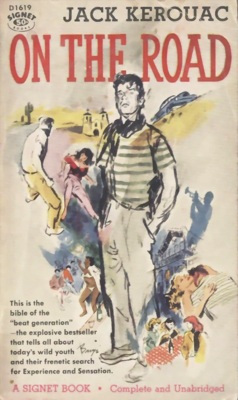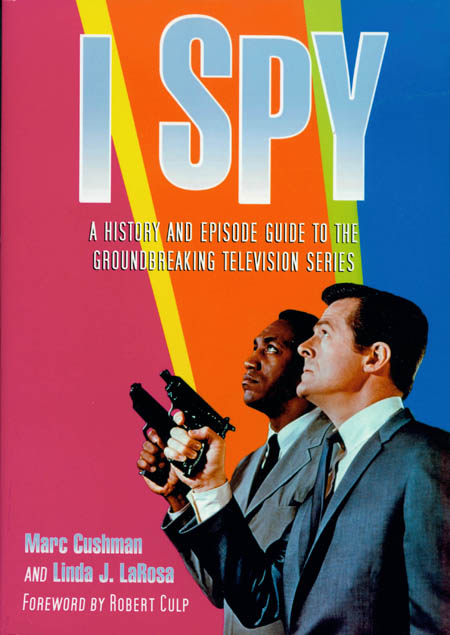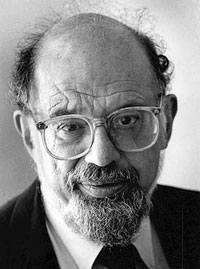
(Left: Philosophy Hall at Columbia University.)
Last Friday (2/8/08) afternoon, I managed to attend the fourth annual celebration of Columbia University's Beats, which were a series of events held at the campus under the umbrella title
On The Road Turns 50! As the proceedings began late in the afternoon (after 3:30pm), I wasn't able to stay for all of them. But I did manage to get in two of the events.

After 3:30pm, in room 301 of Philosophy Hall (pictured above), a round table discussion,
On the Road: Then and Now began. Scheduled speakers included Professor Regina Weinreich from the School of Visual Arts (whose
Kerouac's Spontaneous Poetics is carried by the library), NY Times reporter John Leland (author of the recent
Why Kerouac Matters, which we also carry in the library), jazz musician David Amram, and former Kerouac girlfriend and a noted author in her own right Joyce Johnson (
Minor Characters and
Door Wide Open are her two memoirs about her experiences with Kerouac and the Beats). The moderator was Penny Vlagopoulos from Columbia (see her profile
here ) who worked on & wrote an introduction for last fall's publication of
On the Road: The Original Scroll .

David Amram

John Leland


Books by Joyce Johnson
As expected, the discussion turned on the subject of how big an impact
On the Road had at both its time of publication in 1957 and the present day. John Leland noted that
Road is really about the character of Sal Paradise (Kerouac) not Dean Moriarty (Neal Cassady) and how Sal, not Dean, changes by the book's end. Mr. Leland also noted that the Beats were the first generation of writers on television and the last generation not shaped by TV and/or popular culture. Both Mr. Leland and Ms. Johnson noted that by the time
Road was published in 1957, Kerouac, who had finished the final draft six years before, felt it was an "old book" and that his voice was stronger in his later works (
Doctor Sax;
The Dharma Bums;
Big Sur) , but that the publishers wanted another
Road novel instead.

Regina Weinreich
Regina Weinreich noted that the book was basically "Huck Finn in a car", with the characters' reacting to events as they drove along the country and David Amram pointed out that Kerouac had a great ear for conversation which he was able to repeat in his books and that Kerouac always encourged other writers & artists as well.
Afterwards, I got to attend the exhibit
The Author as Artist which showed drawings of the Beats as they saw themselves. Not bad.
Overall, a terrific program. Thanks to Wynnkie Delmhorst for telling me about this event. -Ed
























